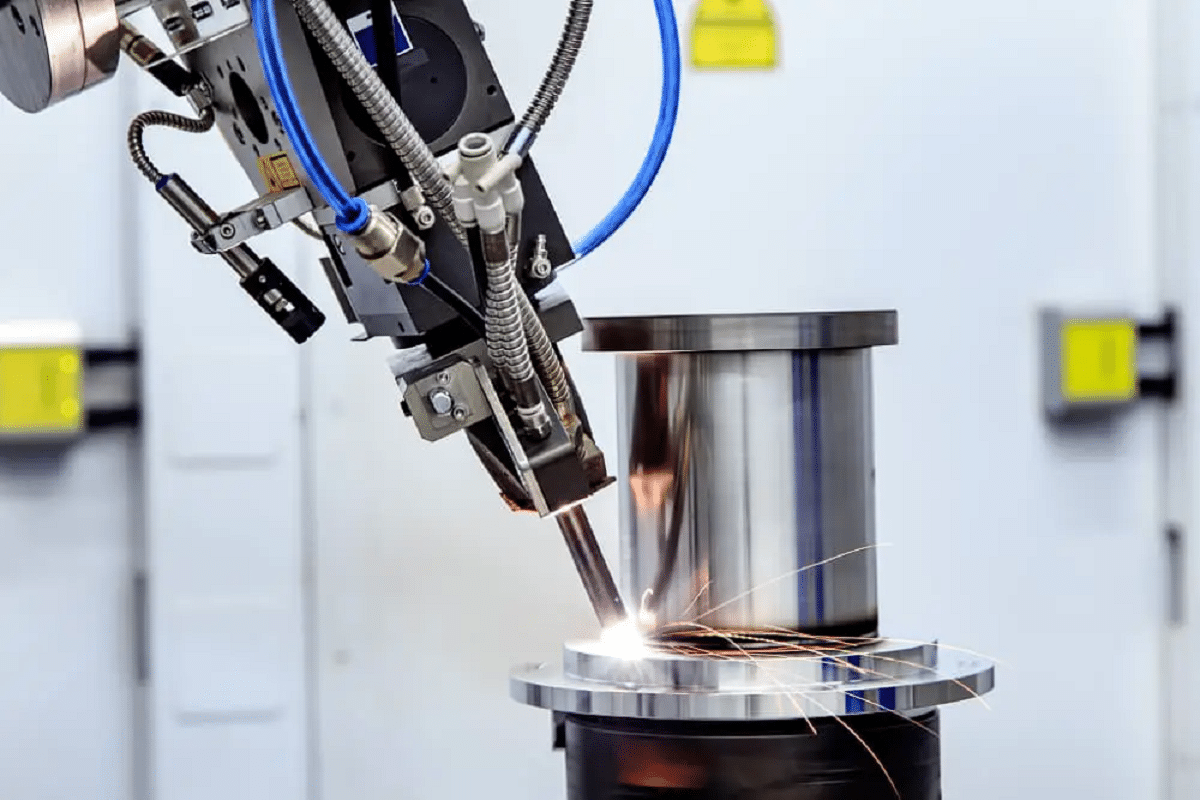Preventing Weld Undercut Demystified: Methods for Success
Preventing Weld Undercut Demystified: Methods for Success
Blog Article
Recognizing the Causes and Solutions for Undercut Welding in Steel Fabrication Processes
In the realm of metal fabrication procedures, the event of undercut welding poses a significant obstacle that requires a detailed understanding of its reasons and practical remedies. The elaborate interaction of various factors throughout welding operations can bring about this unwanted phenomenon, affecting the architectural integrity and total quality of the bonded joints - Preventing weld undercut. By exploring the source of undercut welding and exploring reliable remedial actions, fabricators can elevate the requirement of their workmanship and guarantee the manufacturing of perfect steel parts
Usual Root Causes Of Undercut Welding
Often overlooked in metal fabrication, undercut welding happens due to various variables that require meticulous focus and experience to be efficiently reduced. Furthermore, inappropriate welding strategies, such as using the incorrect welding angle or travel speed, can likewise contribute to damage formation. The option of welding parameters, such as voltage, present, and wire feed rate, plays a significant function in the occurrence of undercut welding.
Influence of Incorrect Welding Parameters
Incorrect welding criteria can dramatically endanger the honesty and quality of welded joints in steel construction processes. The effect of incorrect welding parameters shows up in various methods, leading to architectural weak points and flaws in the bonded elements. Thorough interest to welding criteria is extremely important to make certain the production of top quality welds with the desired mechanical residential or commercial properties and structural integrity.
Impact of Improper Lantern Angle
Improper torch angle in welding procedures can dramatically impact the high quality and honesty of the last weld joints in metal manufacture procedures. Damaging is an usual welding problem where a groove forms along the weld toe, deteriorating the joint and endangering its architectural integrity.
A lantern angle that is as well high can bring about not enough infiltration, incomplete blend, and enhanced spatter. On the other hand, a lantern angle that is too superficial can lead to too much penetration, burn-through, and distortion of the base material. Preventing weld undercut. Correct lantern angle is essential for making sure regular weld high quality, stamina, and look
To prevent undercutting and other problems created by improper lantern angles, welders need to be educated to maintain the right torch angle throughout the welding process. Regular tracking and adjustment of torch angles during welding can help attain sound welds with marginal problems.
Role of Inadequate Welding Techniques

Another element of poor welding methods is inappropriate weld preparation. Poor cleaning of the base metals, wrong joint design, or not enough edge preparation can all wikipedia reference add to damage welding. Insufficient protecting gas protection or making use of the incorrect kind of gas can result in incomplete fusion and the development of undercut problems.
To address the role of inadequate welding methods in steel manufacture procedures, it is important to provide extensive training for welders. Correct education on welding criteria, joint prep work, and shielding gas choice can help stop undercut welding and make certain high-grade welds in steel manufacture projects.
Effective Solutions for Undercut Welding
Attending to undercut welding in steel manufacture needs implementing reliable services to boost weld high quality and architectural stability. Among the key options to deal with undercut is to adjust welding specifications such as voltage, existing, and travel rate to ensure appropriate warm input and blend. By fine-tuning these settings, welders can stop too much melting of the base steel and filler material, minimizing the probability of undercut formation.
Furthermore, correct joint prep work is crucial in stopping undercut. Making certain clean base metal surface areas free of pollutants and utilizing the ideal bevel angle can help promote better weld penetration and decrease the danger of undercut - Preventing weld undercut. Employing ideal welding strategies, such as weaving or oscillating the lantern, can also help in distributing heat equally and loading the weld joint effectively, reducing the opportunity of undercut defects
Additionally, selecting the correct welding consumables, including electrodes and filler steels, is vital in minimizing undercut. Utilizing materials with appropriate chemical structures and mechanical homes can add to attaining audio welds with very little undercut. Routine inspection and top quality control measures must likewise be applied to identify and address undercut problems immediately, making sure the total honesty of made steel parts.

Conclusion
In verdict, recognizing the reasons and solutions for undercut welding in steel construction processes is important for achieving top quality welds. By dealing with usual reasons such as incorrect welding specifications, inappropriate lantern angle, and poor welding strategies, welders can prevent undercutting and ensure solid, sturdy welds. It is useful link vital to take note of these aspects and carry out efficient remedies to boost the total welding process and final item quality.

Report this page